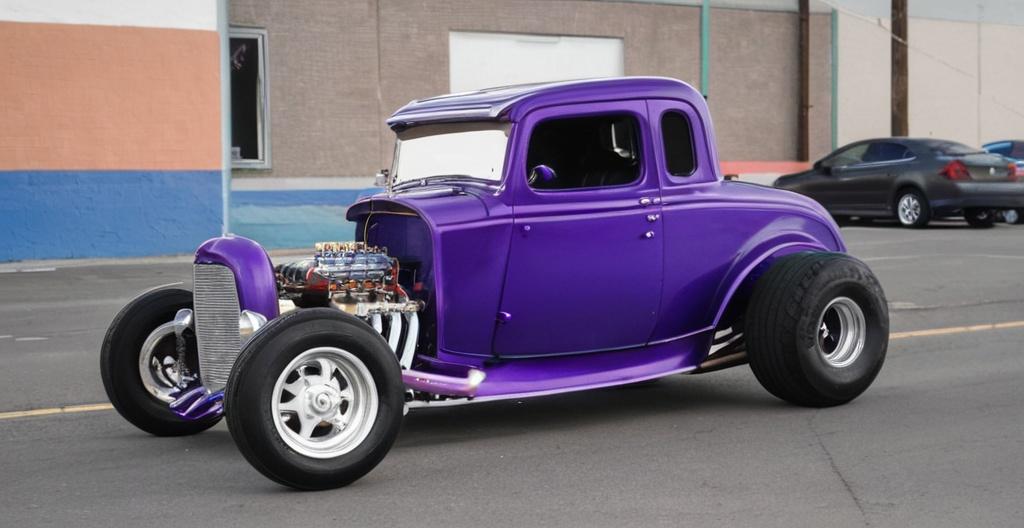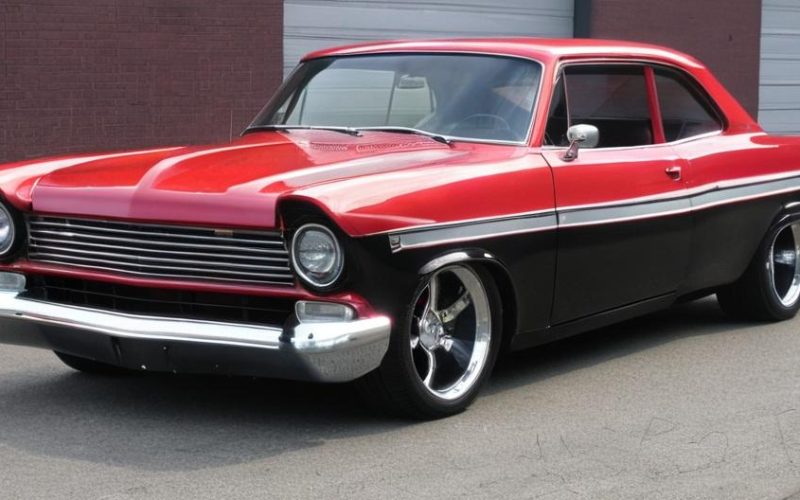Key Take Aways About How to Start Your First Street Rod Project
“`html
- Start with selecting a feasible vintage car from the 1930s-1960s.
- Plan a detailed budget to manage unpredictable costs.
- Acquire basic and specialized tools, possibly renting to save costs.
- Document and organize parts during the dismantling process.
- Focus on rust removal and modify the framework/bodywork as necessary.
- Rebuild the engine considering power and budget constraints.
- Manage electrical wiring with care and get creative with the interior.
- Apply a quality paint job and final polish for the best appearance.
- Enjoy communal events and the pride of driving your rebuilt street rod.
“`

Getting Started with Your First Street Rod Project
Jumping into the world of street rodding might feel like biting off more than you can chew, but with a bit of patience and a dash of dedication, you can transform a rusty old heap into a head-turning beauty. It’s not about diving in with both feet; it’s more like wading through water, feeling your way around before getting too far.
Choosing the Right Car
Selecting the right car for your project is where the journey begins. You’re not just looking for a car that catches your fancy; you need something that’s feasible for a rebuild. Popular choices include vintage cars from the 1930s to the 1960s, like the Ford Model A or a Chevrolet Bel Air. These models offer plentiful parts and a community of enthusiasts always ready with tips and tricks.
When picking your car, consider your budget, mechanical skills, and the availability of parts. Scour through classified ads, car shows, or local auctions. If you’re not sure what you’re looking for, tag along with a friend who knows their way around a car. A keen eye can spot hidden treasures underneath layers of rust.
Budgeting and Planning
Before splashing your cash, sit down to plan a budget. Street rodding isn’t a cheap hobby. Costs can balloon quickly, so having a financial roadmap helps keep surprises at bay. Factor in the cost of the car, parts, tools, and any professional services you might need. Expect the unexpected because things rarely go as planned. It’s just the nature of the beast.
Gathering Your Tools
Once you’ve got your car, it’s time to arm yourself with the right tools. A basic toolbox for a street rod includes essentials like wrenches, screwdrivers, and pliers. But don’t stop there. You’ll need more specialized tools like an engine hoist, welder, and air compressor. If you’re scratching your head at this point, consider borrowing or renting tools to save money initially.
The Dirty Work: Dismantling
Roll up your sleeves and get ready for some elbow grease. Dismantling the car is often the first hands-on step. Start by stripping down to the bare essentials. Take pictures or make notes. Trust me, you’ll forget where that one particular bolt goes when it’s time to rebuild. Keeping parts organized in labeled boxes is a lifesaver and beats rummaging through piles later on.
Rebuilding and Modifications
Once the car is bare-boned, the real fun begins. The framework and bodywork come first. You’ll want to ensure there’s no rust hiding beneath the surface, ready to throw a wrench into your plans. Consider sandblasting or a chemical dip to take the body back to square one. Rebuild or modify as needed, depending on your end vision. Whether you’re after that sleek, low-rider look or a beefy muscle car stance, remember to stick to your budget and skill level.
The Engine and Transmission
The heart and soul of any street rod is its engine. Depending on your ambition and budget, you might rebuild the existing engine or drop in a new one. Ensure the transmission can handle the horsepower. Seek out advice from experienced rodders; their knowledge is priceless.
Electrical and Interior Work
Wiring your street rod is an art. Go for a wiring harness if the whole spaghetti mess of wires looks overwhelming. Keep it neat and functional. As for interiors, that’s where you can let your creativity fly. Seats, dashboard, steering wheel, you name it. The right interior can make all the difference.
The Finish Line
Once everything’s back together and running smoothly, it’s time for the finishing touches. Paint and polish bring life to your project. Whether you opt for a traditional paint job or a flashy custom design, ensure the bodywork is perfect, as paint can amplify imperfections.
Hitting the Road
Finally, after months of hard work, it’s time to hit the road and show off your masterpiece. Attend local car shows, join a street rodding club, and swap stories and ideas. Your street rod is a testament to your patience and hard work. Don’t forget to enjoy the journey; there’s something profoundly satisfying about cruising around in a car you built with your own hands.
